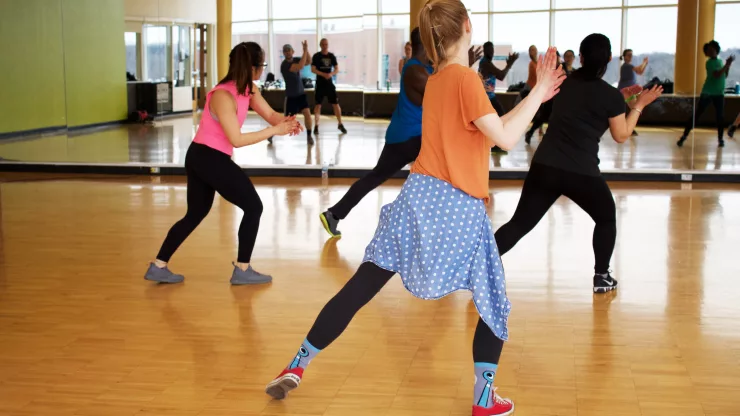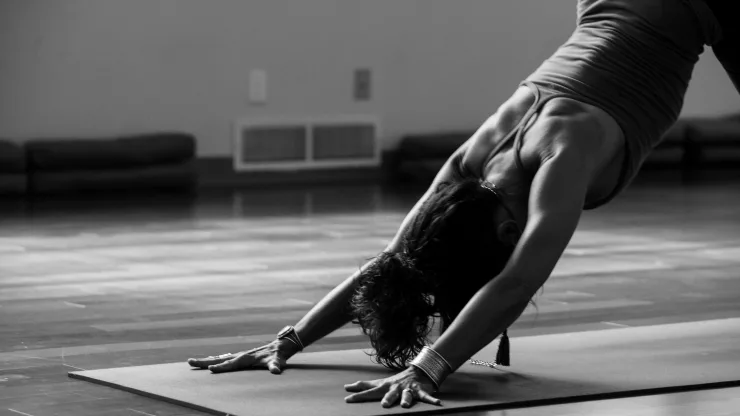Stress is a common part of everyday life, but it can have a negative impact on both our physical and mental health.
Breathing exercises are a simple yet effective technique for managing stress, and they can be practiced anywhere and anytime.
By slowing down and deepening the breath, breathing exercises can help to reverse the physical and emotional symptoms of stress, promoting relaxation and calmness.
Jump to Section
Introduction
Stress is a normal part of life, but it can take a toll on our mind and body if we don’t effectively manage it. Breathing exercises are a powerful tool for managing stress and promoting relaxation.
In this article, we will explore what breathing exercises are, how they work, and the benefits of incorporating them into your stress management routine.
We will also provide step-by-step instructions on how to practice breathing exercises and offer tips for making them a habit.
What are Breathing Exercises for Stress Management?
Breathing exercises are a relaxation technique that involves slowing down and deepening the breath.
When we are stressed, our breathing often becomes shallow and rapid, which can lead to physical and emotional symptoms such as increased heart rate, muscle tension, and anxiety.
By practicing breathing exercises, we can reverse these symptoms and promote relaxation.
How do Breathing Exercises Work?
Breathing exercises work by stimulating the body’s relaxation response. When we take slow, deep breaths, we activate the parasympathetic nervous system, which is responsible for calming the body and reducing stress levels.
This can lead to a range of physical and emotional benefits, including improved respiratory function, reduced muscle tension, and increased focus and concentration.
Benefits of Breathing Exercises for Stress Management
Improved Respiratory Function
Deep breathing exercises can improve lung capacity and function, which can help to reduce feelings of stress and anxiety. By practicing breathing exercises regularly, we can improve our overall respiratory health and increase our ability to manage stress.
Reduced Muscle Tension
Breathing exercises can help to relax the muscles, reducing tension and promoting a sense of calm. This can be especially helpful for people who carry tension in their neck, shoulders, and back.
Lowered Heart Rate and Blood Pressure
Slow, deep breathing can lower the heart rate and blood pressure, reducing the physical symptoms of stress. This can help to promote an overall sense of relaxation and calmness.
Increased Focus and Concentration
Breathing exercises can help to clear the mind, improving focus and concentration. This can be especially beneficial for people who struggle with racing thoughts or difficulty concentrating due to stress.
Enhanced Immune Function
Regular deep breathing exercises can help to boost the immune system, reducing the risk of illness and promoting overall health. By practicing breathing exercises regularly, we can improve our body’s ability to fight off infection and disease.
Comparison of Different Types of Breathing Exercises
There are many different types of breathing exercises, each with its own unique benefits and techniques. Here is a comparison table of some of the most popular types of breathing exercises:
| Breathing Exercise | Benefits | Techniques |
|---|---|---|
| Diaphragmatic breathing | Improves lung function and reduces stress | Inhale deeply through the nose, allowing the diaphragm to expand; exhale slowly through the mouth |
| Box breathing | Promotes relaxation and reduces anxiety | Inhale for a count of 4; hold the breath for a count of 4; exhale for a count of 4; hold the breath for a count of 4 |
| Alternate nostril breathing | Balances the body and mind | Close the right nostril with a finger and inhale through the left nostril; close the left nostril with a finger and exhale through the right nostril; inhale through the right nostril; close the right nostril and exhale through the left nostril |
| Equal breathing | Promotes relaxation and reduces stress | Inhale for a count of 4; exhale for a count of 4 |
| 4-7-8 breathing | Promotes relaxation and reduces anxiety | Inhale for a count of 4; hold the breath for a count of 7; exhale for a count of 8 |
How to Practice Breathing Exercises for Stress Management
Find a Quiet, Comfortable Space
Choose a quiet, comfortable space where you can sit or lie down comfortably. It’s important to find a space where you can fully relax and focus on your breathing.
Get into a Relaxed Position
Sit or lie down with your shoulders relaxed and your feet flat on the floor. You may choose to close your eyes or keep them open, whichever feels most comfortable.
Steps for Practicing Deep Breathing Exercises
- Take a deep breath in through your nose, filling your lungs with air.
- Hold your breath for a few seconds.
- Exhale slowly through your mouth, releasing all of the air from your lungs.
- Repeat steps 1-3 for at least 5-10 minutes, focusing on your breath and allowing yourself to fully relax.
Practice Regularly
To get the most benefit from breathing exercises, it is important to practice them regularly. Aim to practice for at least 5-10 minutes each day.
You may also choose to practice breathing exercises during times of heightened stress or anxiety to help calm your mind and body.
Tips for Making Breathing Exercises a Habit
Make it a Part of Your Daily Routine
Schedule a regular time each day to practice your breathing exercises, such as first thing in the morning or before bed. This can help to make breathing exercises a consistent part of your self-care routine.
Use Reminders
Set reminders on your phone or computer to prompt you to practice your breathing exercises. This can be a helpful way to stay on track and make breathing exercises a habit.
Other Tips for Making Breathing Exercises a Habit
- Start small and gradually increase your practice time.
- Find a breathing exercise that works best for you and your needs.
- Practice with a friend or family member for added accountability and support.
Conclusion: Incorporating Breathing Exercises into Your Stress Management Routine
By incorporating breathing exercises into your stress management routine, you can enjoy a range of physical and emotional benefits, including reduced stress and anxiety, improved respiratory function, and enhanced immune function. Breathing exercises are a simple yet effective technique for managing stress, and they can be practiced anywhere and anytime.

With a deep passion for personal development, Ben has dedicated his career to inspiring and guiding others on their journey towards self-improvement.
His love for learning and sharing knowledge about personal growth strategies, mindfulness, and goal-setting principles has led him to create My Virtual Life Coach.
Contact Ben at [email protected] for assistance.




